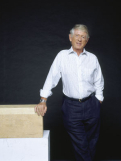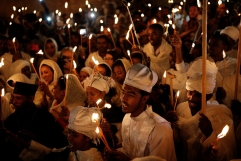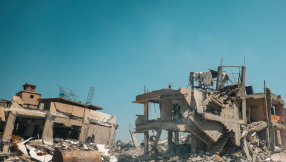For centuries now, the place where Jesus Christ was buried after He was crucified has remained a mystery, with discoveries at times raising more questions than answers.
Geologist Aryeh Shimron, however, is offering new findings that may finally shed light on the mystery of Jesus' tomb, and may link two past controversial findings.
After studying chemicals found in soil, Shimron is claiming that he has made a connection between a box of bones supposedly belonging to the "brother of Jesus," and a burial chamber earlier discovered in East Jerusalem, where Jesus was believed to have been laid to rest.
The 79-year-old geologist studied the type of soil in the Talpiot ossuaries, a tomb unearthed at a building site in the East Talpiot neighbourhood of East Jerusalem in 1980. The burial chamber supposedly has a part which has inscriptions that have been interpreted as "Jesus son of Joseph."
The soil in the burial site, Shimron said, is the type called Rendzina, which is typical in the hills of East Jerusalem. He examined the chemistry of samples from chalk crust scraped from the underside and inside the ossuaries.
After this, Shimron matched this type of soil to another artifact called the James Ossuary, the burial box for bones, bearing the Aramaic inscription "James son of Joseph brother of Jesus," although some have raised doubts on the authenticity of these writings.
After a careful study of these artefacts, the geologist arrived at a striking finding, according to The Sun.
"I think I've got really powerful, virtually unequivocal evidence that the James ossuary spent most of its lifetime, or death time, in the Talpiot Tomb," Dr. Shimron said.
While he didn't arrive at any final conclusion, Shimron's findings can provide new clues to Jesus' final resting place.















